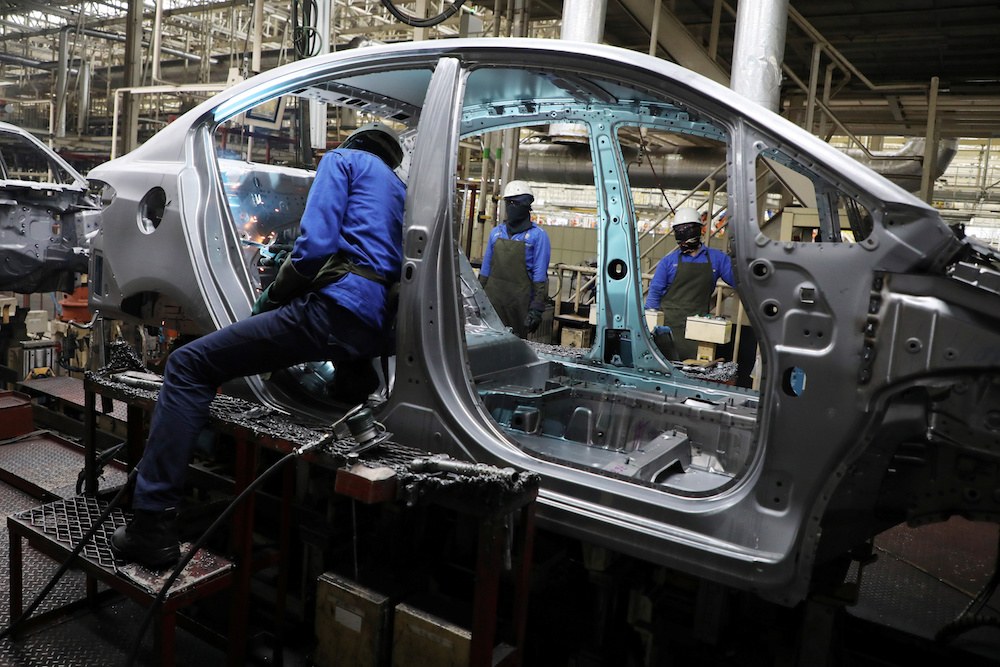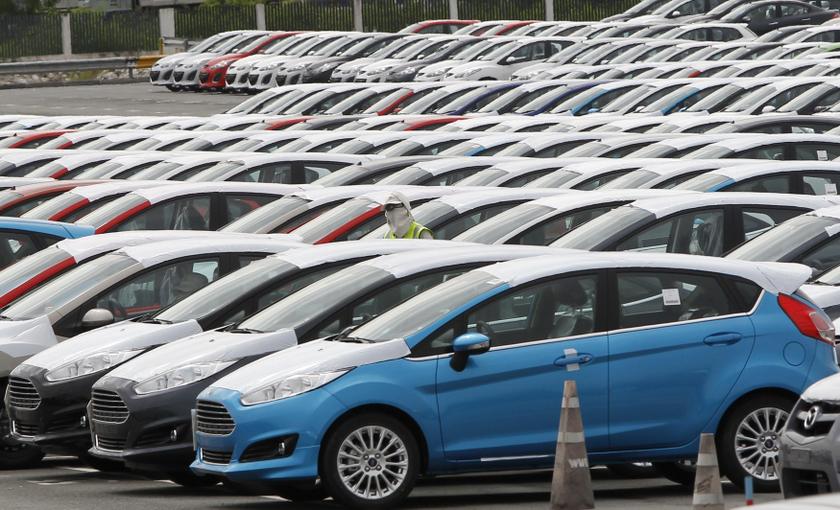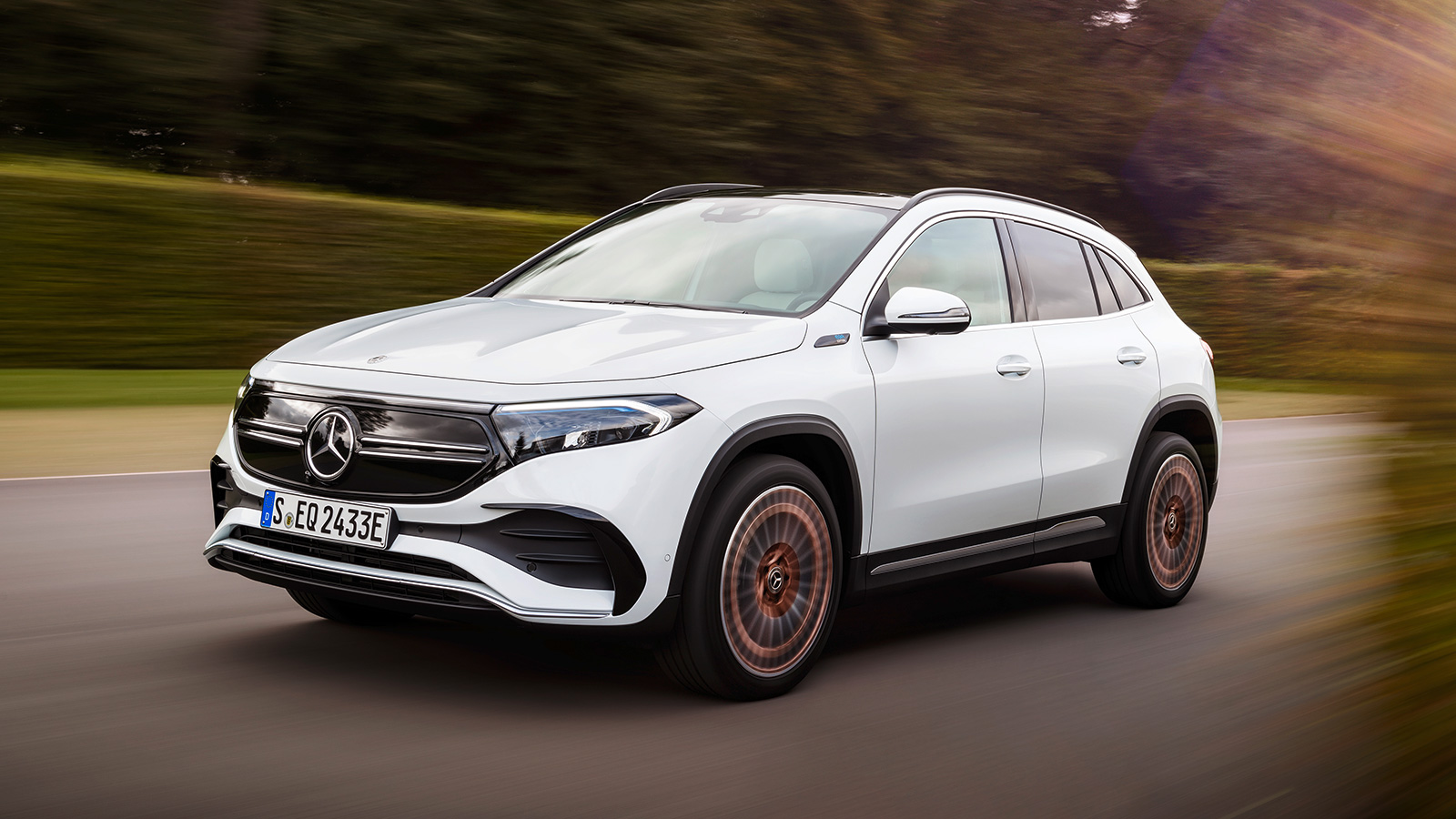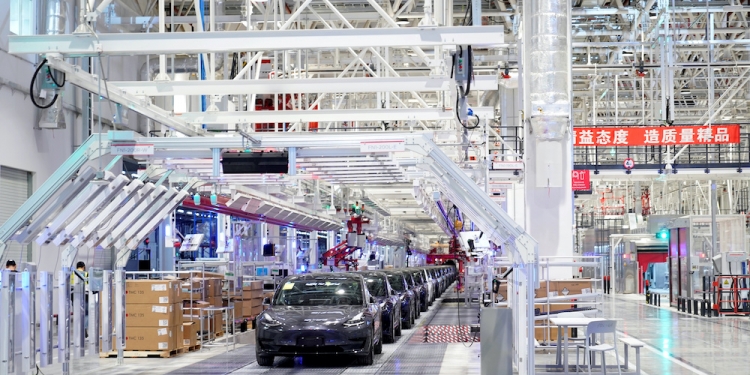Malaysia has dragged its feet in stimulating the adoption of electric vehicles (EV). According to Maybank Investment Bank Research, the country had fallen behind its Southeast Asian peers, despite having initially led the race for green vehicles in the early 2010s.
According to the bank’s research arm, part of the reason is due to the fact that the National Automotive Policy (NAP) 2020, Malaysia’s roadmap for the future of the automotive industry, lacked any definition. It does not provide specifics in regard to incentives for industry players.
The policy has also been criticised for lumping EVs together with other power trains, including internal combustion engines (ICEs), as well as hybrid, and autonomous and connected vehicles.
Adding to that, the policy was delayed by several months due to the change in government. It was debuted in the final days of the previous Pakatan Harapan government. Furthermore, the on-set of the COVID-19 pandemic impacted the nation’s automotive industry.

On a whole, the ten-year plan included seven roadmaps and blueprints as well as 17 targets to be met. Under the National Electric Mobility Blueprint, Malaysia aspires to have 125,000 EV charging stations by 2030. Currently, Malaysia is estimated to have about 500 public chargers, so there is a long way to go before it meets this target.
The report also highlighted that Malaysia still lacks clear milestones for its EV ambitions as compared to its ASEAN neighbours. Countries such as Thailand, Indonesia and Singapore are formulating their EV roadmaps to attract mega projects, investments and infrastructure. Back in 2015, Thailand set a goal of building 1.2 million EVs by 2026.

In addition, the Thai government laid out a three-phase plan that lasts until 2036. This would cover areas of industry incentives, standards, infrastructure and charging prices. Furthermore, the kingdom aims to be the region’s EV hub by 2025. To achieve this goal, it rolled out tax breaks for carmakers and battery manufacturers to support its ambitions.
Similarly, in neighbouring Indonesia, the government committed to mass-producing fully electric vehicles by 2025. This would be done through an ambitious programme that aims to produce at least 2,200 EVs, 711,000 hybrids and 2.2 million electric motorcycles.
Even in Singapore, the city state announced in its Budget 2020 that it intends to phase out petrol- and diesel-powered vehicles by 2040. This would be followed by the introduction of several incentives for EV buyers and has committed to building more charging stations.
The gap between Malaysia’s EV ambitions and the progress made by other ASEAN countries is contrasting. This is evident as most vehicle production in Malaysia is still centred around internal combustion engine powered vehicles.

Recently, German automaker Porsche said it would set up assembly operations in Kulim, Kedah, its first outside of Germany. The local partner is Inokom, a subsidiary of Sime Darby, Porsche’s local distributor since 2010. It is suggested that the Macan and Cayenne SUVs would be assembled at this plant.
To make matters worse, foreign players like Hyundai are packing up their bags, having been attracted to neighbouring countries. The Korean automaker shifted its regional headquarters from Mutiara Damansara to Indonesia as part of a bid to set up a plant in Bekasi. Just across the Causeway, Hyundai is also building a small-scale EV production facility in Singapore that is said to have the capacity to produce 30,000 units each year by 2025.
Adding more salt to that wound, Hyundai is not the only company being wooed by our neighbours. Brands like Toyota and CATL – a battery maker and supplier to Tesla, are seeking greener pastures. CATL is also said to be building a plant in Indonesia, and they are expected to begin production there by 2024.
It even looks like the Vietnamese are charging forward as their homegrown carmaker Vinfast is set to release three new electric SUVs and there are plans to begin building them this year.

Malaysia seems to be stuck in a holding pattern and those automakers who are invested in the country are bemoaning the lack of progress in the EV market. Mercedes-Benz said it remained committed to its EV strategy, but it needs a more defined industry roadmap for it to do so.
To be fair, The Edge reported that the government has decided to relook at the NAP 2020 over EVs, and it signalled it would go all out in terms of offering fiscal incentives. This would also see customised incentives being replaced with explicit, menu-based incentives that would be catered for the EV sub-sector.
Malaysia’s EV sector urgently requires a comprehensive and targeted policy to spur the adoption of green vehicles if it is to remain competitive in the space. But what do you think? Is it already too late for Malaysia to catch up with the rest of the region? Let us know your thoughts in the comments section below.








